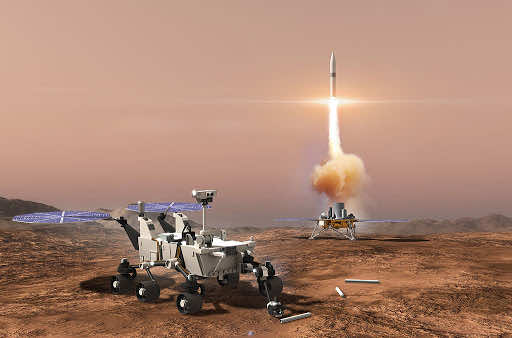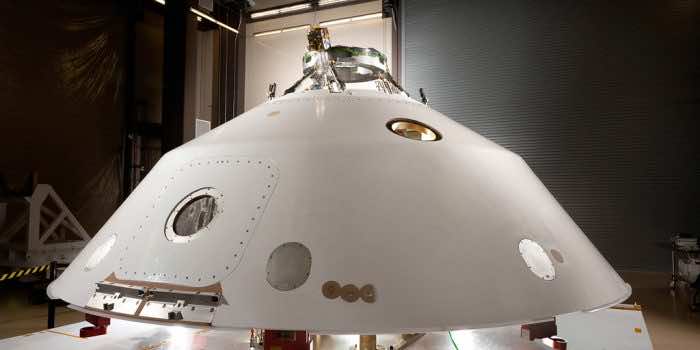If you think landing a spacecraft on another planet is hard, have you ever wondered how that valuable cargo is protected through the universe’s severest environments in space?
The answer is the aeroshell. The aeroshell looks like a rudimentary alien spacecraft, and it has a crucial role in space missions. And for that purpose, Lockheed Martin has been granted a concept study creation and preliminary design contract by the National Aeronautics and Space Administration (NASA).
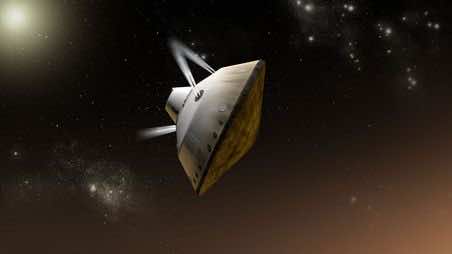
For all its 10 lander or rover missions to Mars, NASA has involved Lockheed Martin to design and make the critical parts of the landing system — the aeroshell.
Aeroshell is composed of a disc-like heat shield and a cone-shaped back-shell protecting the spacecraft. The heat shield is made of Phenolic Impregnated Carbon Ablator, a thermal protective material designed at the agency’s Ames Research Center. The back-shell is protected by SLA-561v, a lightweight ablator made of cork and silicone.
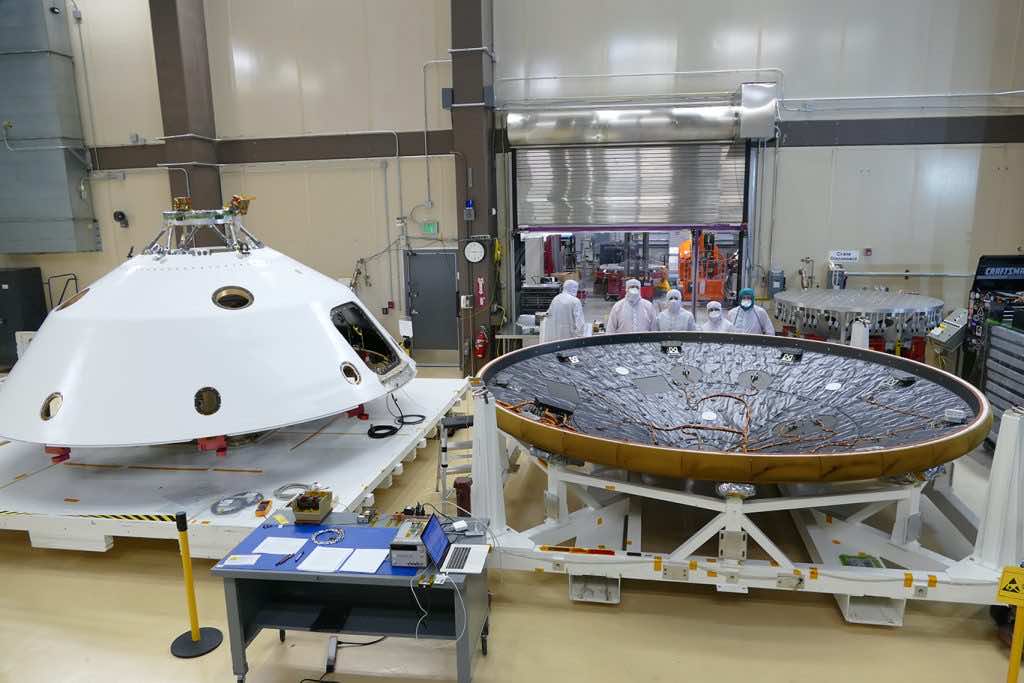
The MSL heatshield will be made of a composite structure covered with a thermal protection system composed of the cork silicone super lightweight ablator (SLA) 561v. The backshell will be covered with a similar SLA 561s.
The backshell structure provides the attachment points to the rover landing, and parachute system deployed after the capsule slows in the Martian atmosphere. Entering the planetary atmosphere at high speeds generates a lot of heat. To stand the heated atmosphere, the shield is made of thermal protective material known as Phenolic Impregnated Carbon Ablator or PICA, which helps in withstanding heat up to 5000 degrees Fahrenheit and keeps the spacecraft safe. The heat shield is also intended to work as a “brake” and slow down the spacecraft through its fall.
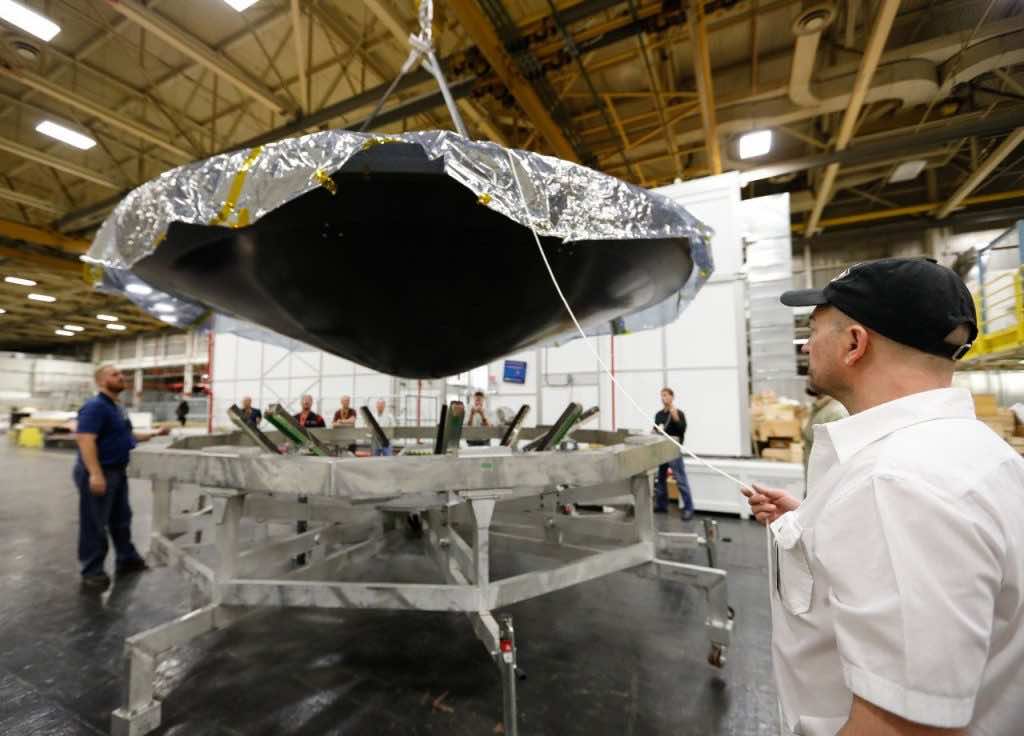
Lockheed Martin’s popular heritage with aeroshells and thermal protection systems spans more than three decades, starting with the Viking missions in the 1970s, and continuing with the Pathfinder, Genesis, Stardust, and Mars Exploration Rovers missions.
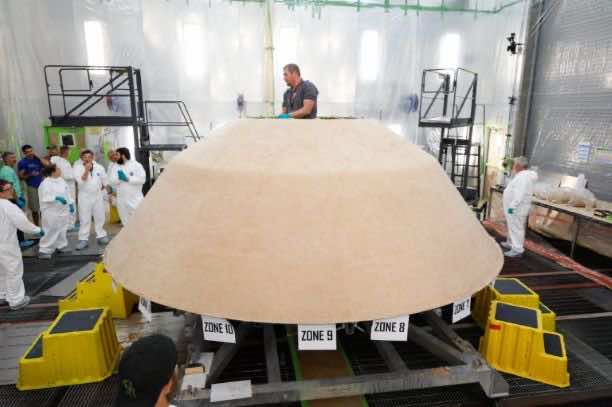
“By protecting this next spacecraft during its descent to Mars, we’re delighted to have a role in the safe delivery of another element of the Mars Sample Return program.” Said David Buecher, Lockheed Martin program manager for the Mars Sample Retrieval Lander aeroshell.
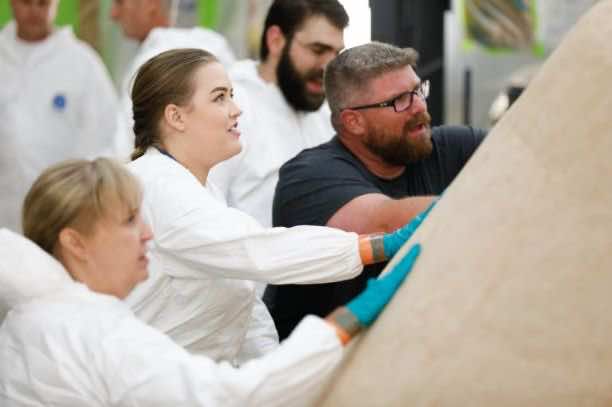
NASA next intends for Mars Sample Return Mission (MSR) that will return samples from the surface of Mars to Earth. The mission would use robotic systems and a Mars ascent rocket to collect and send samples of Martian rocks and soils to Earth for detailed chemical and physical analysis. The mission is planned jointly with the European Space Agency.
